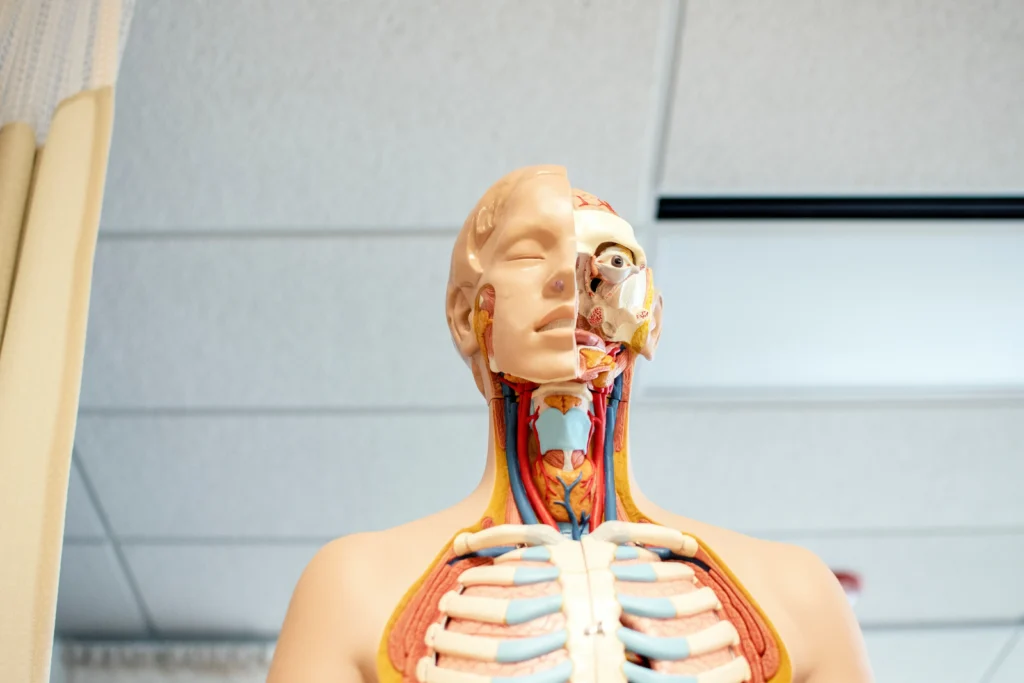
Story at-a-glance
- 1 in 4 workers will become disabled before retirement age, yet most think the risk is under 2%.
- Disability is more common than death before 50 and causes more financial devastation—yet most aren’t insured.
- The average disability lasts 2.6 years, but over half of Americans don’t have even one year of savings.
- Workers’ comp covers <5% of disabilities, since most are caused by illness—not injury.
- The best time to buy disability insurance is when you’re healthy, but that’s also when most people ignore the need.
When it comes to the risk of disability, Americans are woefully underinsured. Disability vastly outpaces the death of a breadwinner among those under age 50 as a leading cause of economic hardship for families.
The fact is, most people vastly underestimate their chances of becoming disabled.
It's more likely than you think
According to information from the Social Security Administration, about one in four of today’s 20-year-olds will become disabled and unable to work before they reach age 67. Among those who are overweight, smokers, do mostly physical labor and who have poor health histories, the chances of today’s 30-year-olds developing a disability before reaching retirement age rises to 74 percent for men and 77 percent for women.
At the same time, most Americans vastly overestimate how long their savings can carry them, or how quickly they can get back on their feet following a disabling illness or injury: The Council for Disability Awareness reports that the average disability claim lasts for 2.6 years – or as much as 135 weekly paychecks. Meanwhile, more than half of all employees surveyed don’t have even one year of savings on hand to carry them through.
Of course, many disabilities will last much longer than that, and some will of course last for decades.
What about worker's compensation?
Workers compensation can’t solve the problem. Workers comp insurance only covers illnesses and injuries incurred on the job – and that’s less than five percent of all disabling events. About 90 percent of disabilities are the result of illnesses, rather than accidents.
The result is what industry experts call the disability disconnect, a mismatch between public perception and the reality of the risk of a financially devastating disability.
Consider: 64 percent of wage earners estimate their chances of incurring a disability during their careers at 2 percent or less. The reality is closer to 25 percent.
Women are particularly vulnerable to disability risk: Pregnancy and childbirth is a leading cause of disability income insurance claims among millennial women. Pregnancy-related claims jumped 24 percent in 2012 alone, and now account for over 12 percent of all disability claims, per the Council for Disability Awareness.
Could these events happen to you?
The most common causes for new disability:
- Musculoskeletal and connective tissue disorders: 28.6%
- Cancer: 15.1%
- Injuries and poisoning: 10.3%
- Cardiovascular/Circulatory: 8.7%
The most common causes of existing disability claims
These are claims first made in the past for which insurers are still paying ongoing benefits, are as follows:
- Musculoskeletal/connective tissue disorders: 28.7%
- Nervous system related disorders: 15.2%
- Cardiovascular/circulatory disorders: 12.4%
- Cancer and neoplasms: 9.1%
- Mental disorders: 7.7%
- Injuries and poisoning: 7.7%
- Respiratory system disorders: 3.0%
- Infections and parasitic diseases: 2.9%
In many instances, the ailment that knocked the individual out of the work force was not preventable. You can’t study or exercise your way out of a multiple sclerosis diagnosis, no matter how responsible you are.
The mental disconnect between the perceived risk of disability and the actual risk is dangerous because by its nature, insurance must be purchased when the risk is relatively small at the individual level, and when there is no reason to believe you are at an elevated risk, you have not begun treatment and no disabling illnesses or injuries are detectable in a routine medical exam.
The time is now
Of course, this is the precise moment when people who vastly underestimate their own risk are least likely to perceive the need. But this is the best time to buy it. Indeed, you may not get another chance – because for the disconnected, by the time they perceive the need, they may no longer be able to qualify.
Ready to protect your future?
Get a personalized side-by-side policy comparison of the leading disability insurance companies from an independent insurance broker.




